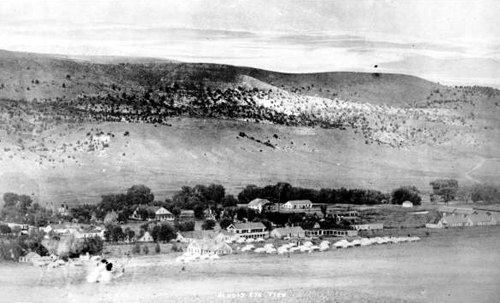- Skirmishes occur at Great Falls, Maryland, and Piggott's Mills, Western Virginia./1861
- Confederate troops begin operations against Indians around Fort Stanton, New Mexico Territory, to last until Sept. 8./1861


 Image via Wikipedia Image via Wikipedia |
| Rose O'Neal Greenhow |

 Image via Wikipedia Image via Wikipedia |
| USS Lexington |

 |
| Fort Stanton, New Mexico Territory |

 |
| USS Lawrence sinks the Petrel off the SC coast |
 |
| Fort Fillmore, Arizona/New Mexico Territories |

 Image via Wikipedia Image via Wikipedia |
| Eastern Confederate Arizona |
 Image via Wikipedia Image via Wikipedia |
| Stonewall Jackson |
 Image via Wikipedia Image via Wikipedia |
| Lt. Col. John R. Baylor |

 Image via Wikipedia Image via Wikipedia |
| H.H. Sibley |

 Image via Wikipedia Image via Wikipedia |
| BG N. Lyon |
 Image via Wikipedia Image via Wikipedia |
| Gov. C.F. Jackson |
 Image via Wikipedia Image via Wikipedia |
| Site of Wheeling Convention |
